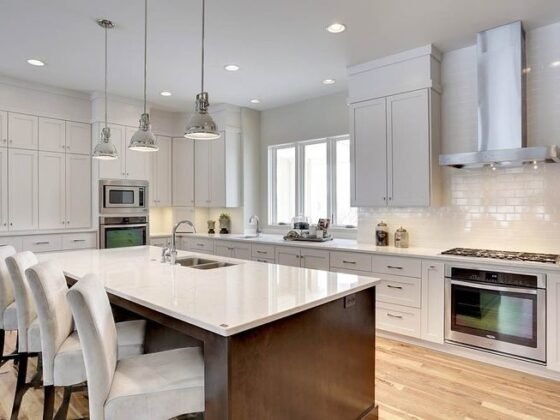Painting the interior and exterior of buildings is necessary for the protection of the walls and beautification.
Proper painting defines the characteristics of homes by creating the desired looks, and a lot depends on the quality of finish of the painted surface.

The skills of painters or their workmanship are critical for achieving superior finishing of the painted surface, whether it is walls, windows, doors, or furniture.
Get help from the pros at Elite Finishing for an excellent painting job for your home or office.
You must keep in mind that even the best quality of paint might not produce the desired effects despite choosing the best colors because of poor surface finish.
It means that the painting is only as good as the surface on which you apply the paint. Even premium quality paints will look dull due to poor surface preparation.
The paint either does not spread evenly across the surface to provide the desired smooth and glossy or soft finish, or the surface absorbs some part of the paint that makes the painted surface look dull and drab.
Why surface preparation is so much critical for painting will become clear after you go through this article.
Read Also:
Removing Imperfections of The Surface
All surfaces have varying degrees of imperfections that do not catch the eyes, but painters are aware of the pitfalls and take adequate steps to remove them.
Plastered walls have minute undulations, which if left untreated will impact the quality of finish after painting.
Surface imperfections can come in all shapes and sizes, from loose coatings to damp to dust adhesion to the surface.
For total exposure of the surface, it is necessary to remove such imperfections that help o identify long-term issues that could affect the quality of finishing of the painted surface.
The better is the surface preparation more durable the painting will be.
Checking Wall Dampness
Damp walls are detrimental for producing the best paint finish because it encourages fungal growth that affects the print quality and reduces attractiveness.
After some days of painting a damp surface, discoloration and patches at some places become visible due to moisture release from the surface.
It completely spoils the painted surface and causes financial losses. Humid surfaces encourage bacteria growth and gradually peel off the paint.
Before painting the surface, it is crucial to cure the surface adequately to ensure that it is always dry and smooth so that the applied paint creates the desired finish.
Better Paint Adhesion
Imperfections of the surface prevent the paint from adhering to the surface uniformly that lasts for a long time.
Minute cracks, gaps, or undulations of the surface creates air pockets that remain partially covered by paint for some time, but as the trapped air tries to push its way through the painted surface, the paint starts peeling off.
Painters take care of the dark patches on the walls through priming, which precedes painting.
It consists of applying some paint-like material known as a primer to the surface after due surface preparation, forming a smooth base for plying the paint that produces the perfect finish.









